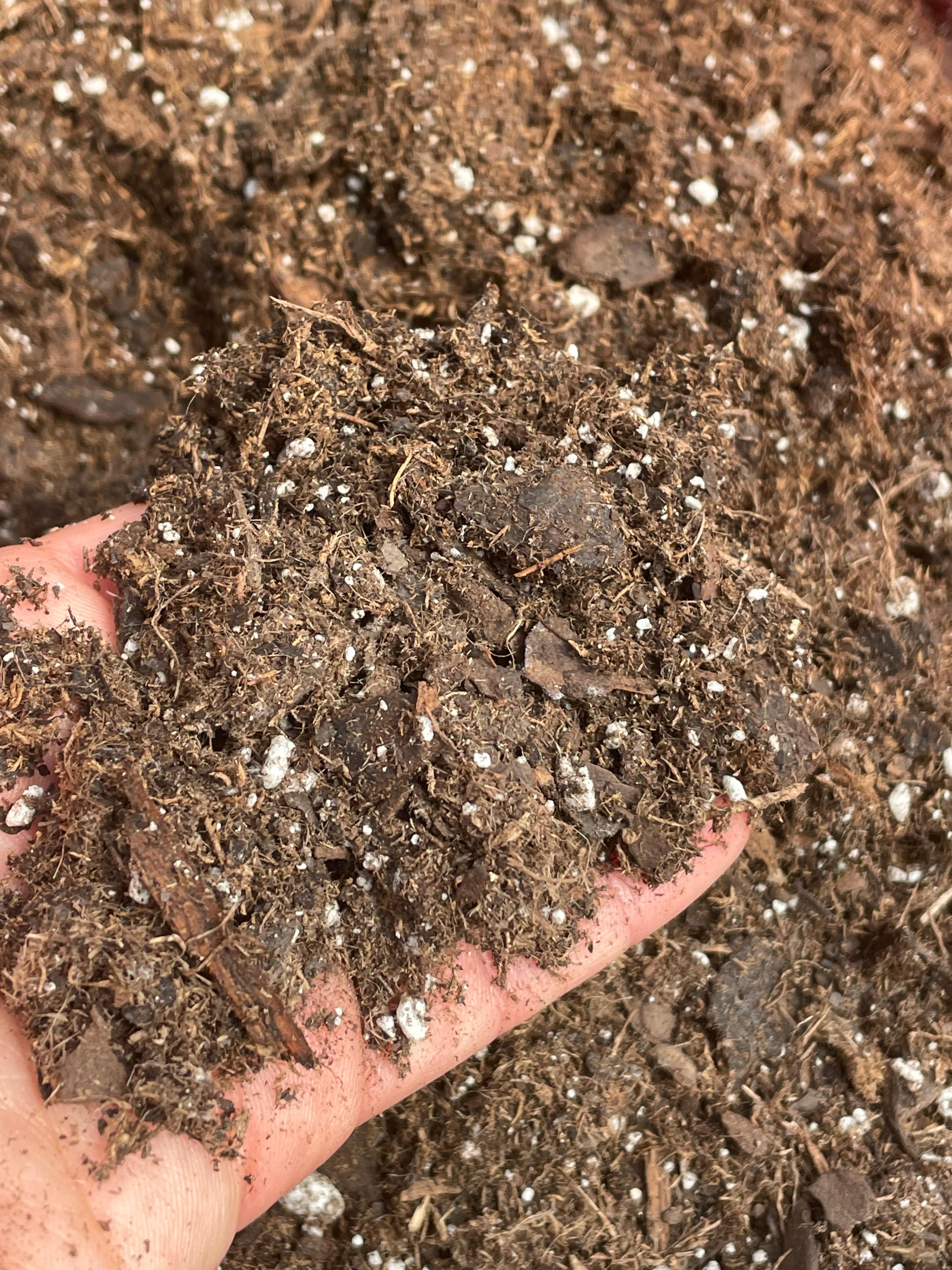As winter's chill really begins to set in here in January some folks are thinking thoughts of sledding, ice skating, and keeping the steps by their front doors from being a death trap. On the other hand, us gardeners and farmers are eagerly turning page after page of seed catalogs, and binging reel after reel of our favorite green-thumbers waiting eagerly to see that first flush of green grass and maple buds swelling that lets us know spring has finally arrived and it’s time to get our hands dirty again.
For a lot of us that planning and anticipation is almost as rewarding as that first still warm sun ripened cherry tomato, so we know that whether you're a seasoned gardener or a novice with a green thumb in the making, strategic planning is the key to cultivating a thriving vegetable patch.
Step One:
Decide what you like to eat and be realistic about it. Take stock of what you actually buy and regularly use, because you will be amazed at what even a small garden can produce, and if you don’t actually like zucchini, it’s not like the small garden police are going to come after you for not having the platonic American small garden crops. Only grow what you really want to eat.
Step Two:
Assess your space working to understand the specific needs of the vegetables you wish to grow. Consider the sunlight exposure (does this spot get gentle morning rays, or harsh afternoon sun?), soil quality (sticky heavy clay, soft and fluffy loam, loose and rocky sand?) and drainage (Is it always just a bit wet there, or perhaps always a bit dry no matter how much you water it?) of your garden plot. Different vegetables have different requirements, so it's essential to pair your crops and site for the best results.
Your greens will thank you in the summer for choosing a spot with some afternoon shade, but your tomatoes might not, and while your asparagus might relish that occasionally really wet soil, your lavender will always struggle. Take note of any potential obstacles such as shading from nearby structures or trees, the tilth of the soil, its general water levels, and plan accordingly.
Step Three:
Once you've chosen your plants that match your site and preferences, create a layout that maximizes the beauty and functionality of your space. Work with those funky aspects of your area that make your garden unique and yours. Group plants with similar water and sunlight requirements together to streamline maintenance and optimize growth, while considering the height and spread of each plant to create a balanced garden that fills in the spaces making less areas for weeds to take a foot hold. Incorporate pathways or designated areas for seating and tool storage to make the space accessible, functional, and enjoyable. Planning the layout ahead of time will save you from potential headaches and frustration and create a garden that thrives throughout the season.
Timing is crucial when planning a garden. Be mindful of the last and first frost dates in your area, and with that figure out when you can get which plants out, and which ones will need to be ready to harvest before that end of season cut off. It’s no fun to plant a really cool heirloom tomato only to realize you might only get a week or two of harvest off of it because you didn’t count back far enough when starting them, or to plant out too soon and have to go buy new starts because they got froze out. Plan for a staggering of harvest times to enjoy a continuous harvest of your staple foods throughout the season, so for example if you enjoy a nice salad most days be sure to plant a new patch of greens every 2 weeks or so to stay in steady supply as crops fade out.
Be honest about what you eat, take the time to research and choose plants that thrive in your space, create a thoughtful layout, and time your planting for optimal growth and your garden is sure to become a vibrant and flourishing oasis that brings joy, beauty, and full bellies to your home this season. Happy gardening!
-Farmer Caleb
Written By Caleb Howerton




